A 214-foot single-span covered wooden bridge, built above the cribs of stone in the AuSable River that served to break log jams and ice floes, collapsed during the winter of 1875 under the weight of a three-foot snowfall and high winds. The "Upper Bridge" (pictured) was built in its place.
NY
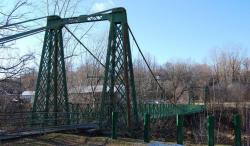
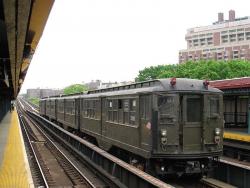

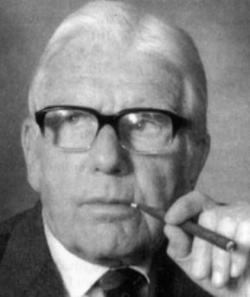
The Polymer Research Institute was established in 1946 by Herman F. Mark, a pioneer in the study of giant molecules. The Institute brought together a number of polymer researchers to create the first academic facility in the United States devoted to the study and teaching of polymer science. Scientists associated with it later went on to establish polymer programs at other universities and institutions, contributing significantly to the development and growth of what has become a vital branch of chemistry, engineering, and materials science.
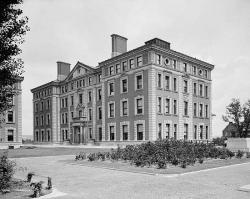
Havemeyer Hall was built between 1896 and 1898 under the leadership of Charles Frederick Chandler. It provided research and teaching facilities for faculty and students specializing in industrial, inorganic, organic, physical, and biological chemistry. Pioneering research done here led to the discovery of deuterium, for which Harold Clayton Urey received the Nobel Prize in 1934. Six others who did research here subsequently received the Nobel Prize, including Irving Langmuir, the first industrial chemist to be so honored, in 1932.
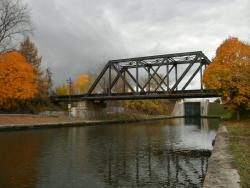
In its day, the famous Erie Canal was the world's longest canal and America's greatest engineering feat. It was the principal route for emigrants from the East and agricultural products from the West. Before construction of the canal, New York City was the nation's fifth largest seaport, behind Boston, Baltimore, Philadelphia and New Orleans. Within 15 years of its opening, New York was the busiest port in America, moving tonnages greater than Boston, Baltimore and New Orleans combined.

The Delaware Aqueduct provided an important transportation link between the Pennsylvania's coalmines and New York's booming industrial marketplace. It is the earliest surviving work of John A. Roebling, who designed the Brooklyn Bridge 30 years later. The cable anchorage system first used on this project was also used on the Brooklyn Bridge. The aqueduct is patterned after Roebling's design of the Pennsylvania Canal over the Allegheny River, and is the oldest metal strand cable suspension bridge still standing in the U.S.

Inferior water and the lack of a sufficient water supply prompted public pressure to find a significant water source for the 360,000 of people living in New York City at the time. Studies determined that the Croton River, 40 miles north of the city, was the best available source. The original system served as a prototype for large-scale water supply projects across America.

On May 24, 1883, with schools and businesses closed for the occasion, New York celebrated the opening of the Brooklyn Bridge. Also known as the Great East River Bridge, it was built over 14 years in the face of enormous difficulties. Deaths, fire in the Brooklyn caisson, and a scandal over inferior materials all added to the turmoil. The bridge is one of the most well-recognized symbols of American engineering, and remains the unofficial Eighth Wonder of the World.



